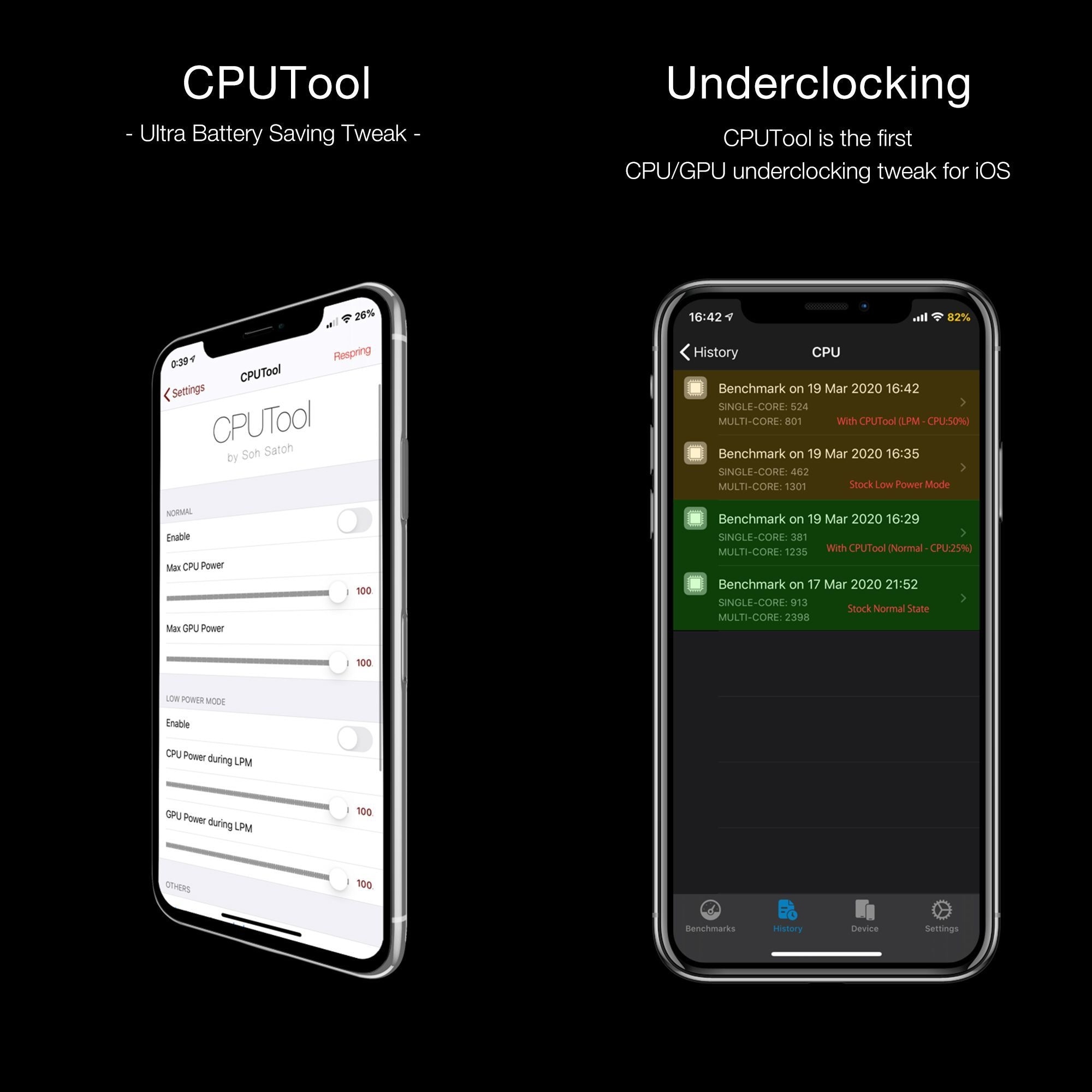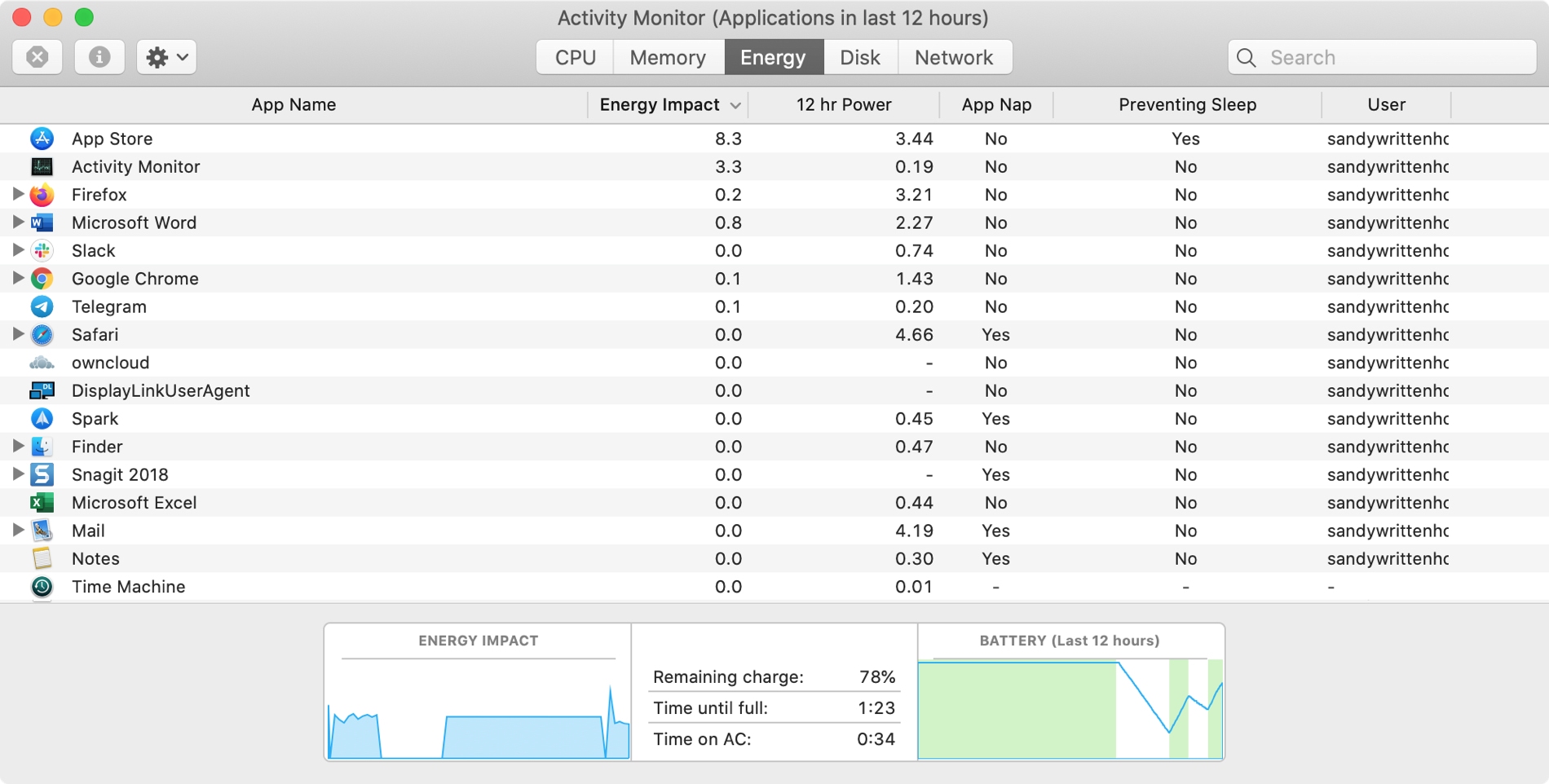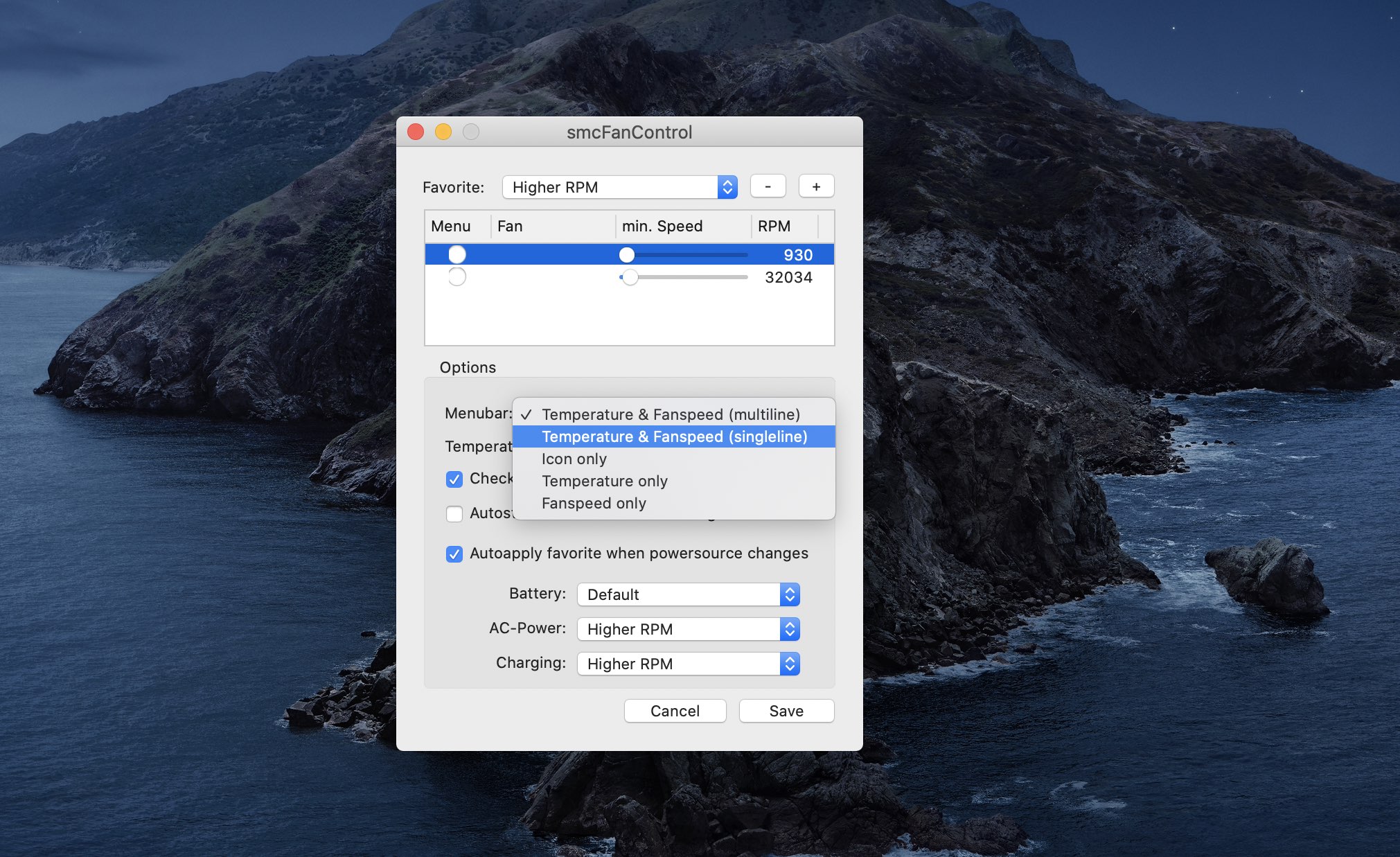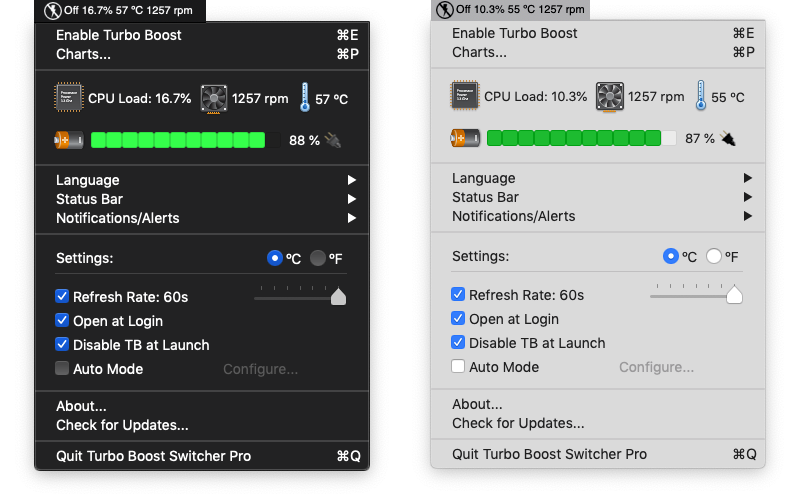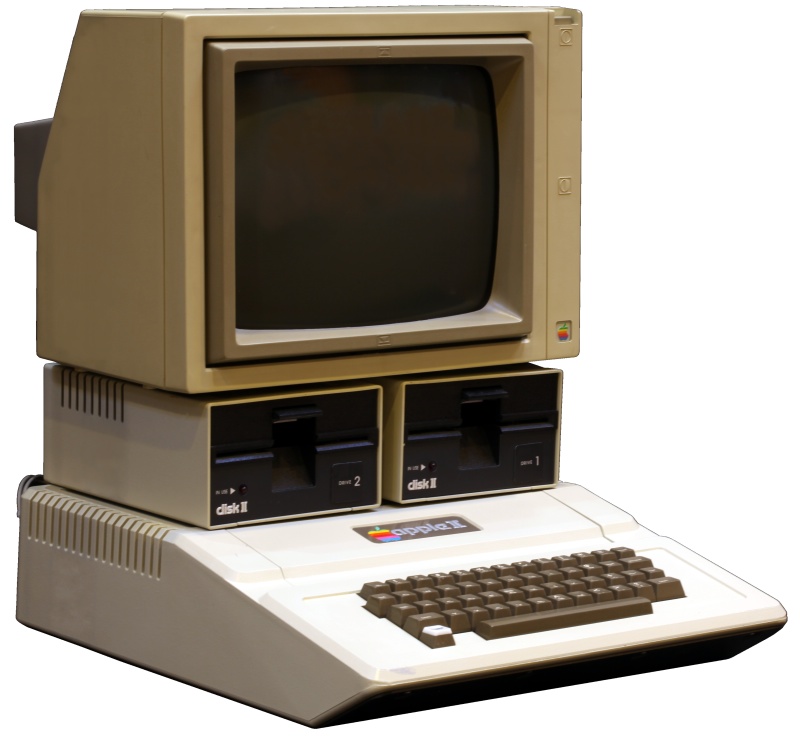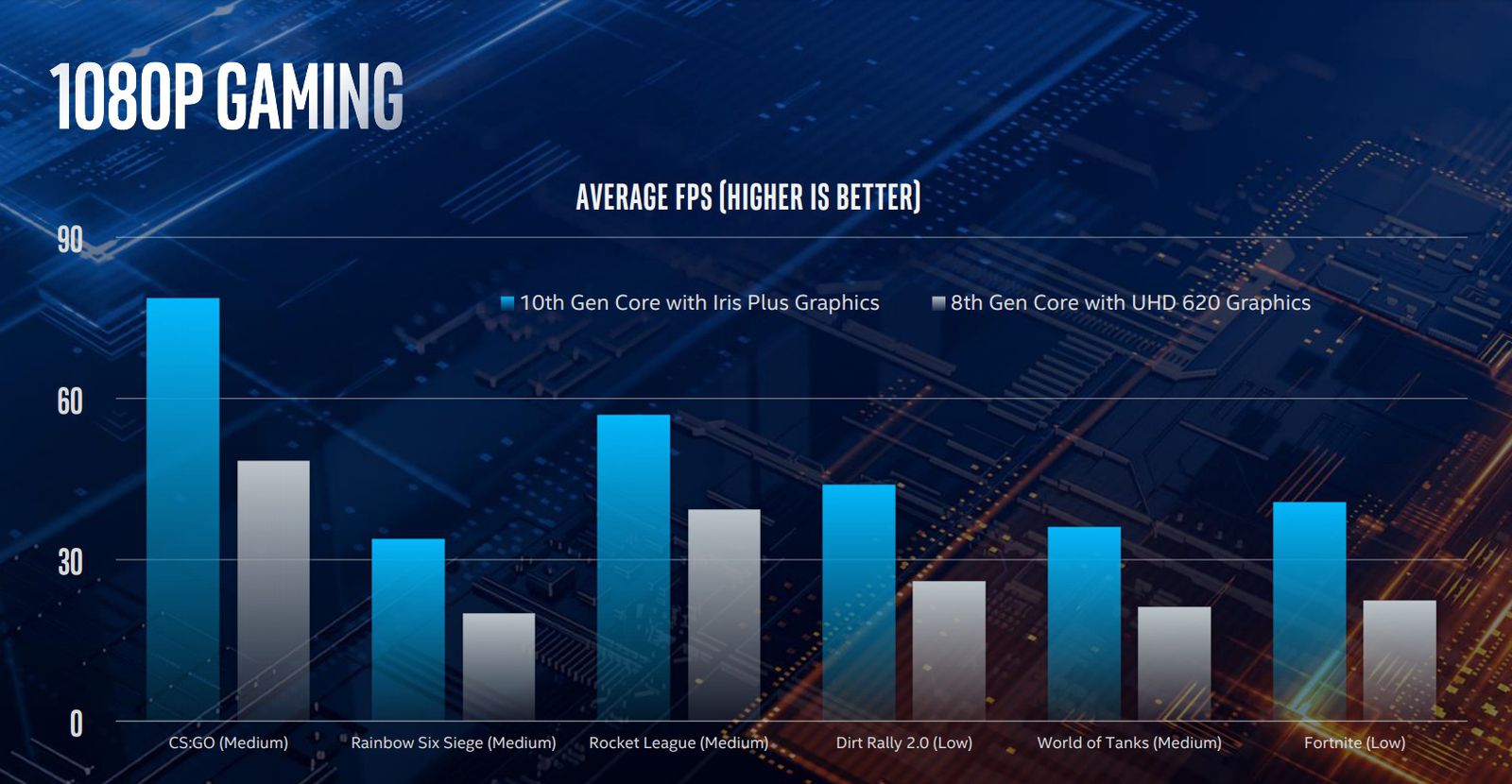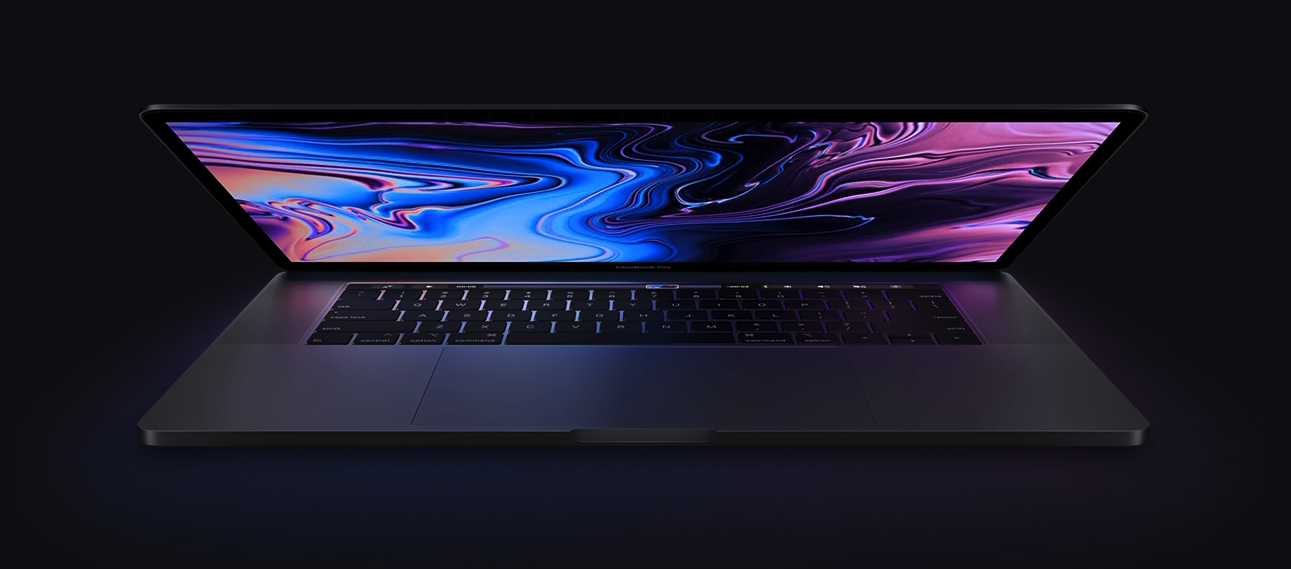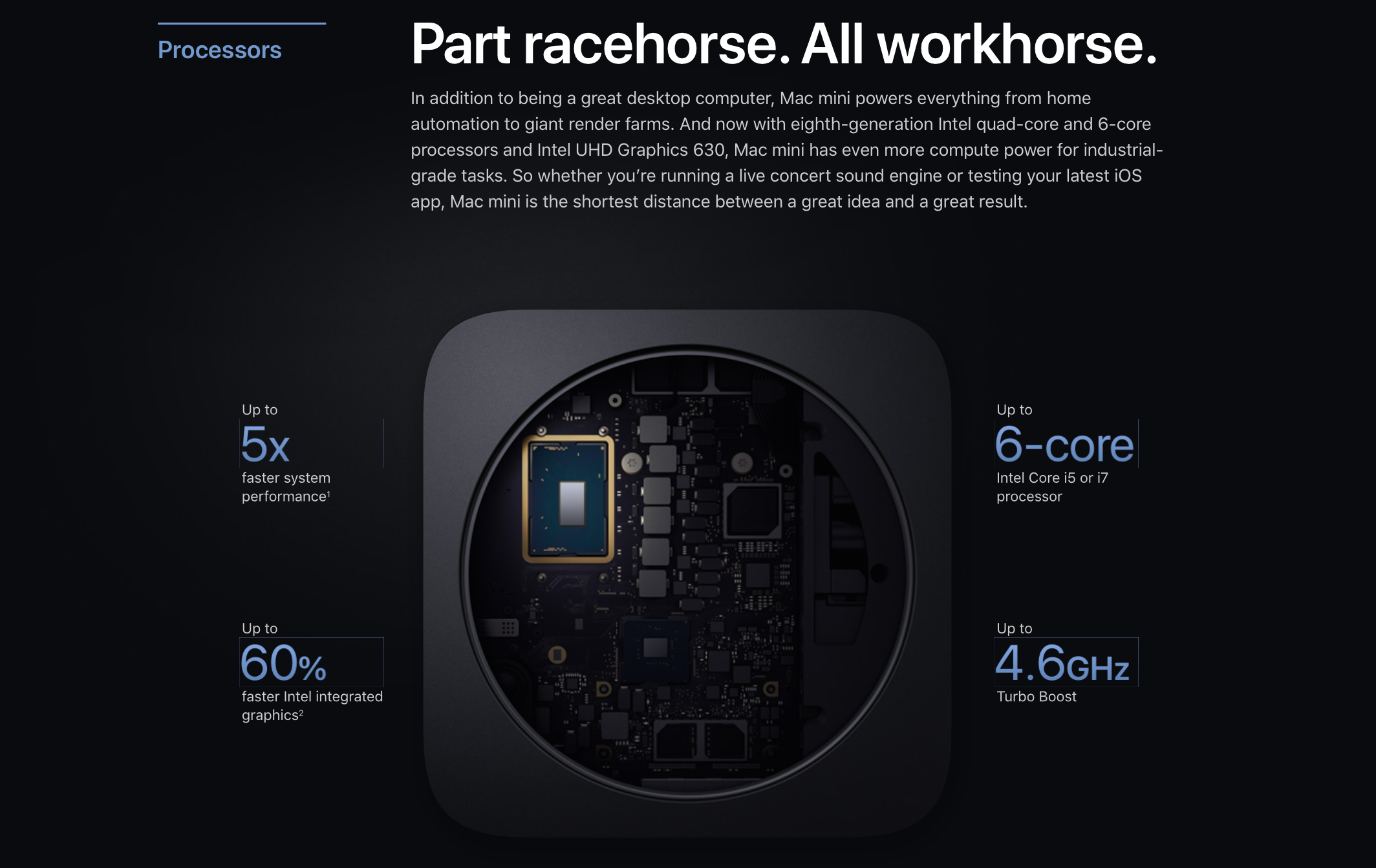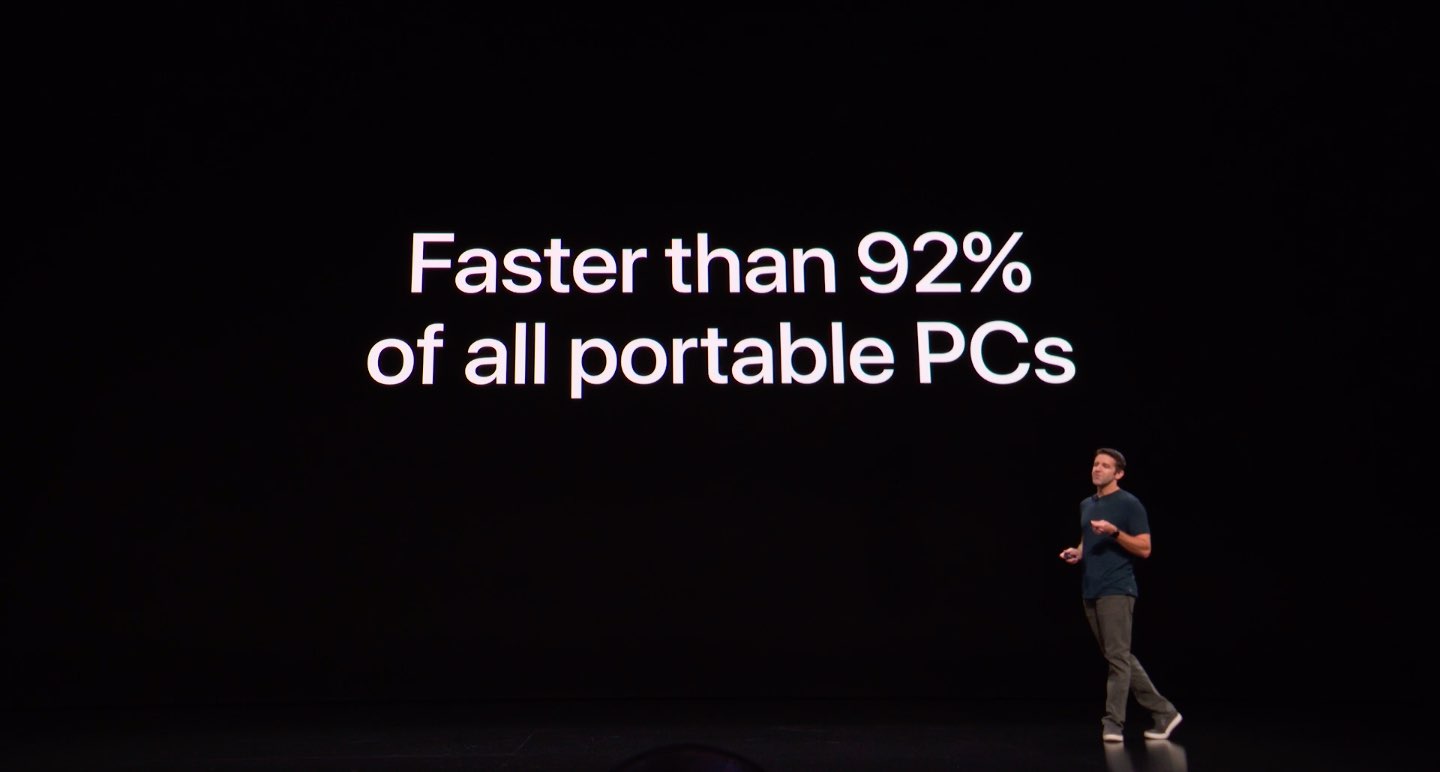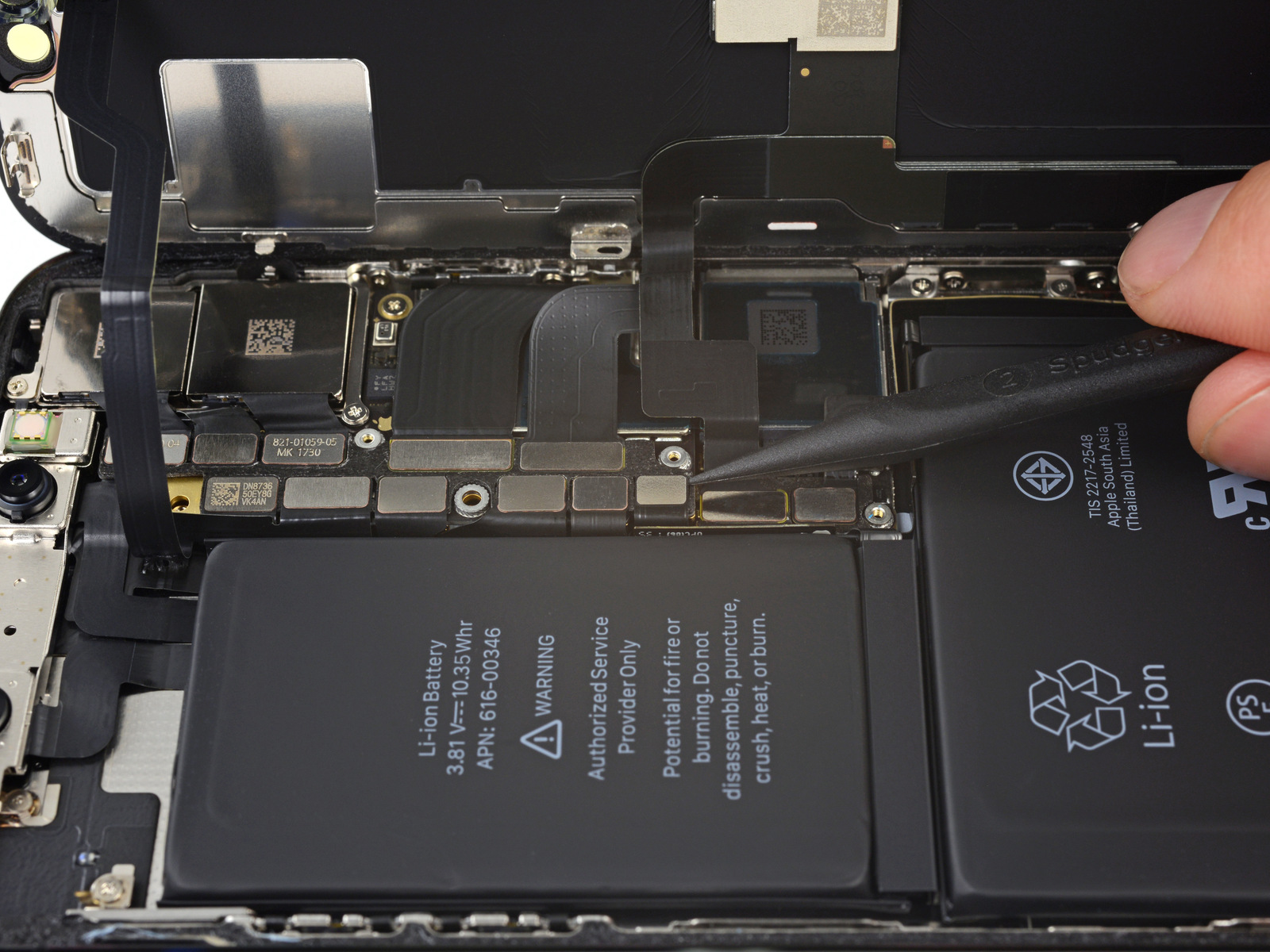Late last year, Apple was caught throttling iPhones that had degrading batteries. This lead to class action lawsuits, a discounted battery replacement program, and various meetings with regulators around the world. It also forced Apple to add a battery monitoring tool in iOS 11.3. With the 2018 iPhones now in stores comes word that last year's handsets might eventually be throttled too.
As first discovered by The Verge, the recently released iOS 12.1 update brings Apple’s controversial “performance management feature” to the iPhone X, iPhone 8, and iPhone 8 Plus for the first time. With this tool, Apple can dynamically throttle the devices (i.e. slow them down) as the battery degrades in order to stop random shutdowns.
An Apple support page explains:
With a low battery state of charge, a higher chemical age, or colder temperatures, users are more likely to experience unexpected shutdowns. In extreme cases, shutdowns can occur more frequently, thereby rendering the device unreliable or unusable. For iPhone 6, iPhone 6 Plus, iPhone 6s, iPhone 6s Plus, iPhone SE, iPhone 7, and iPhone 7 Plus, iOS dynamically manages performance peaks to prevent the device from unexpectedly shutting down so that the iPhone can still be used. This performance management feature is specific to iPhone and does not apply to any other Apple products. Starting with iOS 12.1, iPhone 8, iPhone 8 Plus, and iPhone X include this feature, but performance management may be less noticeable due to their more advanced hardware and software design.
No doubt this news will lead to some more criticism against Apple. However, it's probably no longer justified. If you own one of last year's phones, you can turn off the performance management feature.
What do you think? Let us know below.
Image of iPhone X battery courtesy of iFixit
